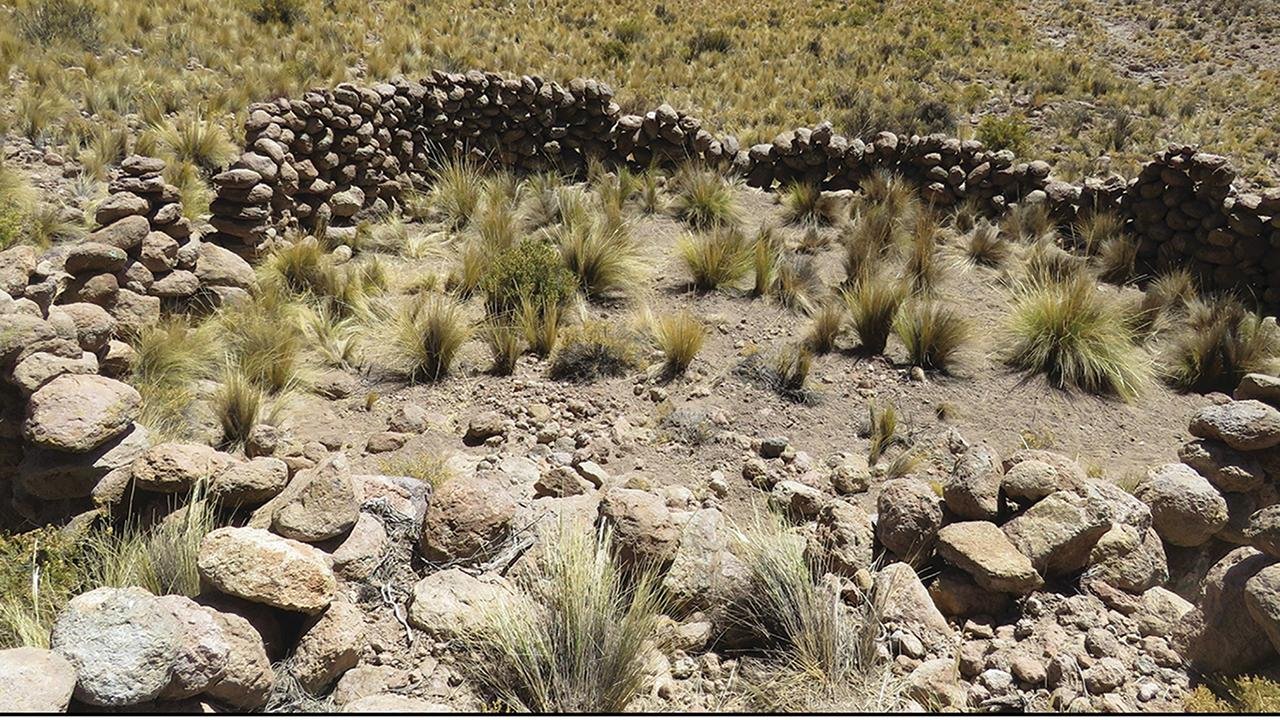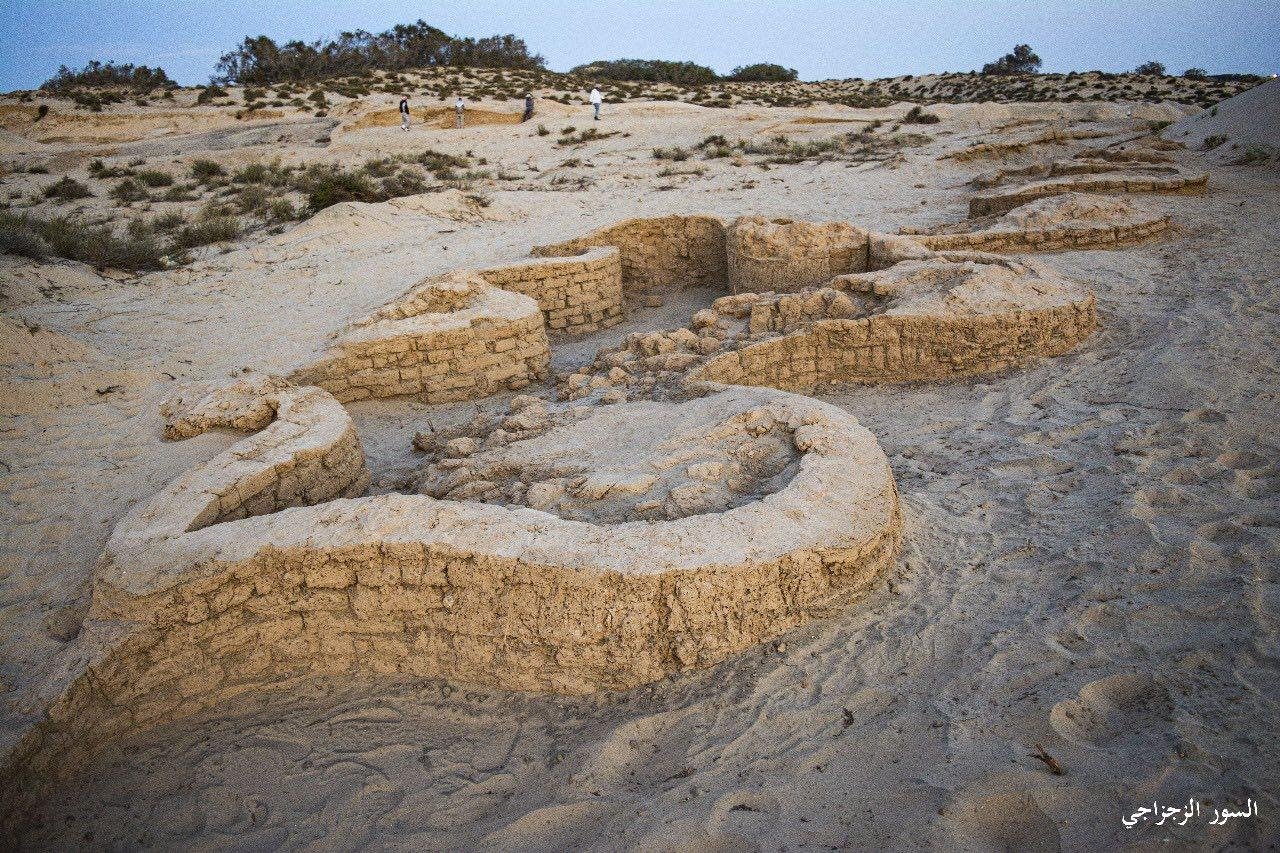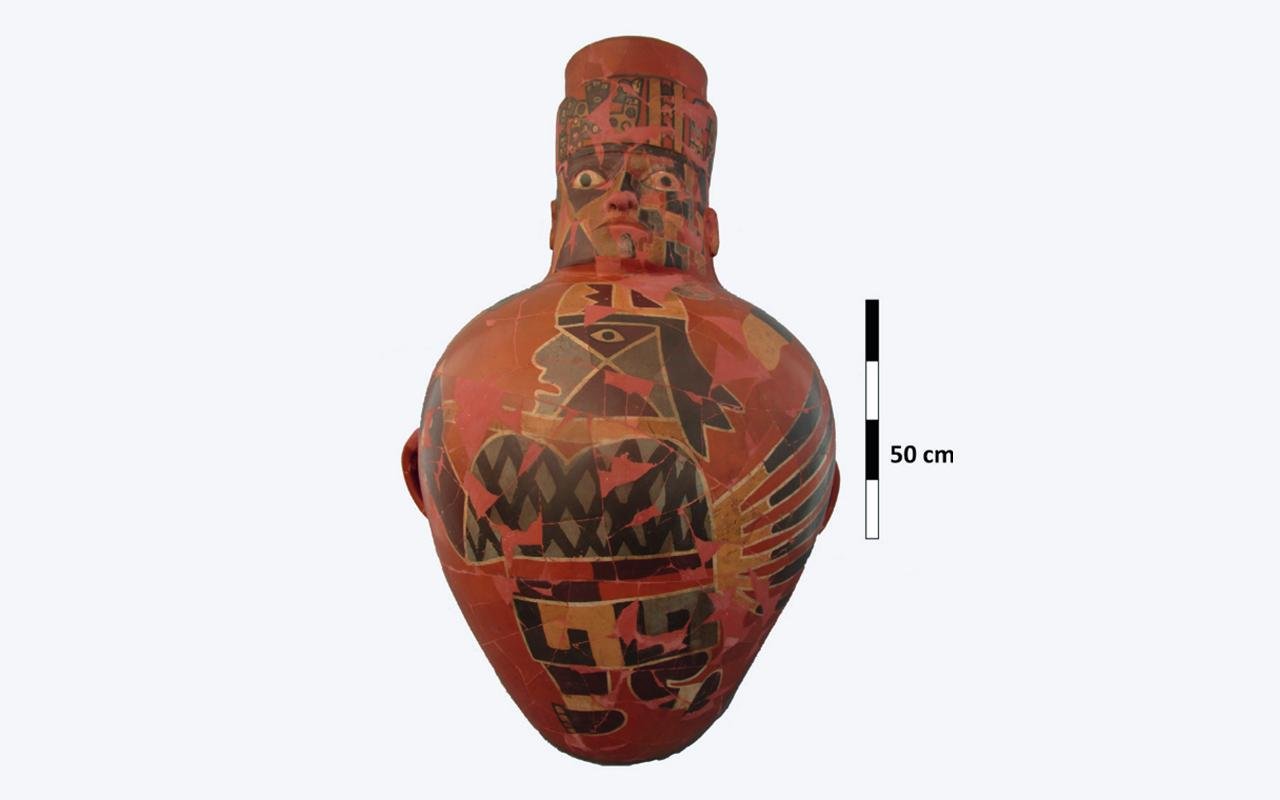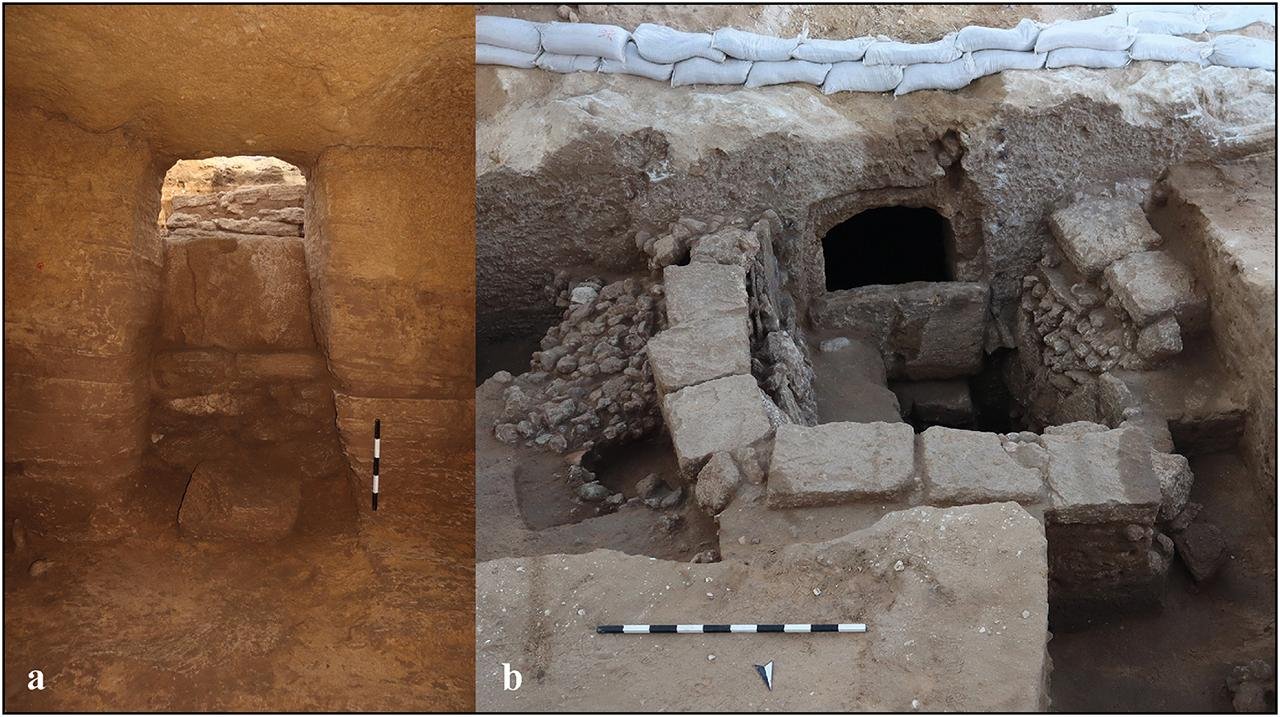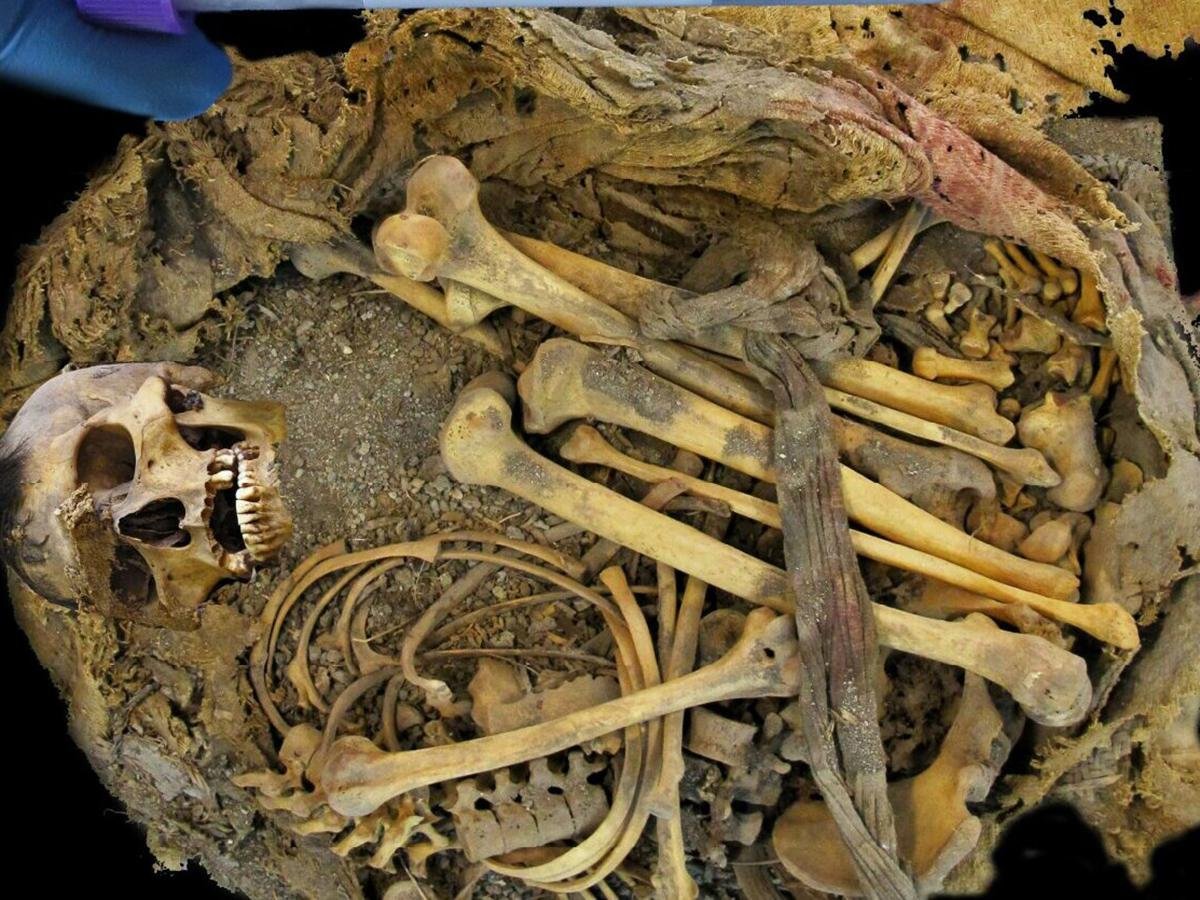Archaeologists have uncovered fresh insights into a major Bronze Age battle that occurred around 1250 BCE. in the Tollense Valley of northeastern Germany. This conflict, which involved over 2,000 warriors, is recognized as Europe’s oldest known battlefield. New research suggests the battle was not merely a local skirmish but a significant interregional conflict, with combatants hailing from various regions of Central Europe.
 A skull with a perforating bronze arrowhead (approximately 35 millimeters) found in the Tollense Valley. Credit: Volker Minkus/L. Inselmann et al., Antiquity. (2024)
A skull with a perforating bronze arrowhead (approximately 35 millimeters) found in the Tollense Valley. Credit: Volker Minkus/L. Inselmann et al., Antiquity. (2024)
The Tollense Valley battleground, discovered in 1996, has since yielded extensive archaeological evidence, including the remains of over 150 individuals, many of whom were young, able-bodied men. Weapons such as wooden clubs, swords, and arrowheads—some still embedded in the bones of the fallen—were found at the site, suggesting a brutal and violent confrontation. “The Tollense Valley site has completely changed our image of the Bronze Age in Central Europe. The Bronze Age was not as peaceful as believed before,” Thomas Terberger, a professor at the University of Göttingen who has extensively studied the site, told Newsweek.
New analysis of the arrowheads, detailed in a recent study published in the journal Antiquity, indicates that the battle involved both local and foreign fighters. These findings build on earlier genetic studies of the remains, which suggested that some combatants were not native to the region. By analyzing the composition and style of the bronze and flint arrowheads found at the site, researchers were able to trace the origins of some of the fighters.
Leif Inselmann, the lead author of the study and a researcher at the Free University of Berlin, emphasized the importance of these arrowheads in identifying the origins of the warriors. “The arrowheads are a kind of ‘smoking gun,’” Inselmann explained, comparing the weaponry to a murder weapon in a crime scene. According to the study, while many of the flint arrowheads found in the Tollense Valley were typical of northern Europe, a significant portion of the bronze arrowheads displayed designs more commonly ᴀssociated with southern regions such as Bavaria and Moravia.
 Arrowheads from the Tollense Valley. Credit: L. Inselmann et al., Antiquity. (2024)
Arrowheads from the Tollense Valley. Credit: L. Inselmann et al., Antiquity. (2024)
This discovery lends weight to the theory that the battle was an interregional conflict, with a faction of local warriors from the Tollense region fighting against invaders from the south. The presence of southern European weaponry suggests that the invaders may have been part of an organized army, rather than a mere raiding party. The study’s findings also suggest that the battle may have involved hired mercenaries, potentially from as far north as Scandinavia.
Terberger suggested that the conflict may have been related to broader societal changes occurring during the late Bronze Age. The 13th century BCE saw significant transformations in burial rites, material culture, and social organization, marking the transition to the Urnfield Culture. “The conflict probably has to be considered in the context of this major transformation process,” Terberger noted, adding that the battle could be a sign of larger political and social upheavals during that period.
The exact cause of the conflict remains uncertain, though some researchers speculate that control over important trade routes may have played a role. A causeway that crossed the Tollense River, likely constructed around 500 years before the battle, could have been a strategic point that spurred the conflict. However, the absence of clear evidence of valuable resources such as metal mines or salt in the region makes this theory less conclusive.
Inselmann said, the site provides “decisive new information” about a time for which no written records exist. The findings raise important questions about the nature of warfare and social organization in the Bronze Age, suggesting that large-scale conflicts between distant regions were more common than previously believed.
More information: Inselmann L, Krüger J, Schopper F, Rahmstorf L, Terberger T. (2024). Warriors from the south? Arrowheads from the Tollense Valley and Central Europe. Antiquity. Published online:1-19. doi:10.15184/aqy.2024.140
